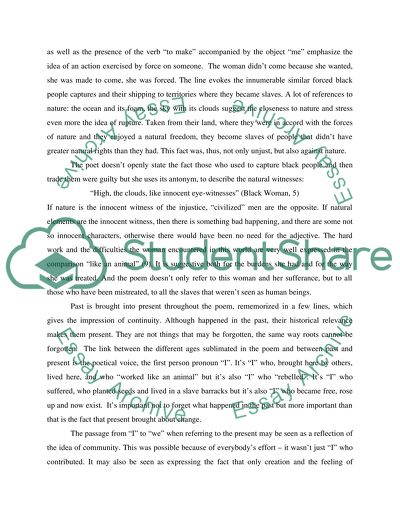Cite this document
(“Afro-Hispanic literature poetry Essay Example | Topics and Well Written Essays - 1000 words”, n.d.)
Retrieved from https://studentshare.org/literature/1529534-afro-hispanic-literature-poetry
Retrieved from https://studentshare.org/literature/1529534-afro-hispanic-literature-poetry
(Afro-Hispanic Literature Poetry Essay Example | Topics and Well Written Essays - 1000 Words)
https://studentshare.org/literature/1529534-afro-hispanic-literature-poetry.
https://studentshare.org/literature/1529534-afro-hispanic-literature-poetry.
“Afro-Hispanic Literature Poetry Essay Example | Topics and Well Written Essays - 1000 Words”, n.d. https://studentshare.org/literature/1529534-afro-hispanic-literature-poetry.


